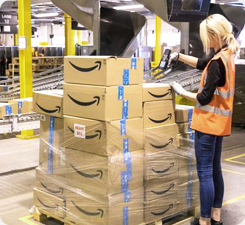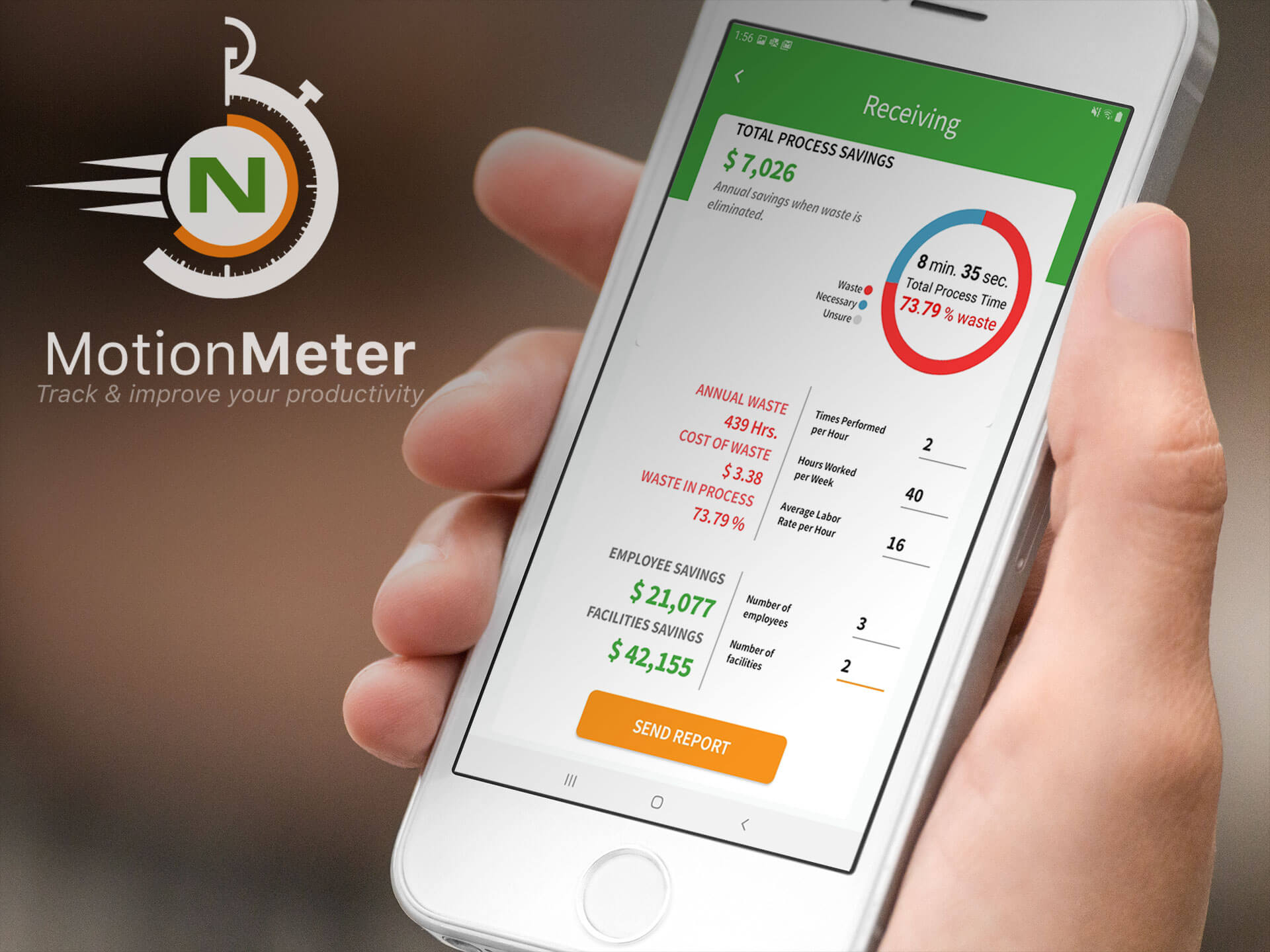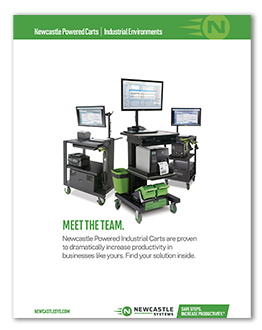
If your logistics operations or supply chain isn’t as effective as you want it to be, it may be time to consider some alternative solutions. Many businesses struggle with inefficient inventory management or fulfillment turnaround times that negatively impact the customer experience and overall business results.
One solution that is gaining more attention is called “cross-docking.” Here’s what you need to know about cross-docking, different ways to do it, and how it can help your business achieve its goals.
What is Cross-Docking?
Cross-docking is the process of re-aligning the distribution of your products by eliminating the storage function that is so prevalent in most supply chains. Instead of warehouses ordering products that they will store on shelves for later order fulfillment, cross-docking allows logistics companies and warehouses to bring products in one door, where they are sorted and reloaded onto outbound vehicles immediately for order fulfillment.
Types of Cross-Docking Arrangements
Cross-docking sounds like a simple concept, but getting the timing and quantities right can be challenging. There are actually several different strategies used for cross-docking.
Pre-Distribution vs. Post-Distribution Cross-Docking
Cross-docking can be broken down into two primary categories — pre-distribution and post-distribution. Which one you rely on will depend on when you are sorting your products and directing them to their final destinations.
If you are using pre-distribution cross-docking, you will determine the final destination of the goods before they arrive at your logistics facility. Using this strategy is common when you already know the outgoing distribution channels.
On the other hand, you may use post-distribution cross-docking. If you use this approach, you will sort and allocate your products to their next destinations at your logistics facility. This provides greater flexibility if you need to respond to demand fluctuations, but it is also a more complex strategy.
Continuous, Consolidation, and Deconsolidation Strategies
The three main cross-docking approaches most companies use are:
 Continuous cross-docking involves moving goods at a central location immediately from the receiving bay to the outbound fulfillment trucks.
Continuous cross-docking involves moving goods at a central location immediately from the receiving bay to the outbound fulfillment trucks. - Consolidation cross-docking involves a process in which different products arrive at the warehouse on different vehicles. Pickers will select what they need from each vehicle before loading the designated items onto outbound vehicles.
- Deconsolidated cross-docking involves products on inbound vehicles that are designated for different locations. Instead of waiting for outbound vehicles, orders with certain destinations receive priority in fulfillment as operators separate loads.
Pros and Cons of Using Cross-Docking
If cross-docking sounds like a compelling strategy, you’ll want to approach it with all the information you can gather. Here are some of the main pros and cons of cross-docking.
Pros of Cross-Docking
The primary advantages of cross-docking include:
- Reduced Transit Times — One of the most significant benefits of cross-docking is that it can reduce transit times by eliminating the inventory storage and management process.
- Lower Risk of Damage — Another advantage is that cross-docking can reduce the risk of damage because fewer people are handling the items, and they aren’t moved back and forth as much.
- Higher Cost Savings — Cross-docking can deliver significant cost savings because warehouses don’t have to invest in costly inventory storage space or worry about the time-consuming picking process.
- Improved Customer Satisfaction — Because cross-docking can speed up order fulfillment and result in fewer damaged products, it can improve the overall customer experience.
Cons of Cross-Docking
Even with its many advantages, cross-docking doesn’t come without some challenges you’ll want to consider before committing.

- Requires Close Coordination — A cross-docking strategy requires intense coordination between transportation and warehouse teams to reduce errors and delays in shipping and processing.
- Real-Time Visibility is Critical — Because products are sorted and shipped back out as soon as they arrive in the warehouse, you need real-time visibility throughout your supply chain.
- Possibly Unsuitable for Some Products — While cross-docking is a versatile strategy, it may not work for every product. For example, products that require special handling, those that are personalized, or high-value products, may not be suitable.
- Can Be Labor-Intensive — Using cross-docking can be labor-intensive because it requires that products be quickly sorted when arriving in the warehouse so they can be loaded onto outbound fulfillment trucks.
What Companies Are Using Cross-Docking?
Cross-docking is much more than some new fad that a few small start-ups are using. Here are a few businesses that are using the strategy extensively and successfully:
 Amazon — As a major eCommerce company, Amazon uses cross-docking in some of its warehouses to facilitate fast order fulfillment.
Amazon — As a major eCommerce company, Amazon uses cross-docking in some of its warehouses to facilitate fast order fulfillment. - Walmart — Walmart is a prime example of a major retailer that relies heavily on cross-docking to move goods rapidly from suppliers to stores without storing items first.
- Kroger — Kroger has opened several cross-docking facilities that act as transfer points in its automated customer fulfillment network.
Cross-Docking Best Practices for Logistics Providers
If you decide to give cross-docking a try, here are some best practices for setting up your warehouse:
- Location — The location of your cross-docking facility should be strategically placed within your supply chain so that it minimizes transit times for both distributors and consumers.
- Capabilities — Make sure the warehouse has the ability to handle your specific products, meaning it has the capability for things like handling fragile products, hazardous materials, cold storage, or perishables.
- Technology and Infrastructure — A well-running cross-docking facility will also have the latest technology solutions, such as a warehouse management system (WMS), RFID capabilities, and mobile powered carts to bring work onto the warehouse floor.
- Flexibility — A cross-docking warehouse should have the flexibility to handle fluctuations in product volume and even be able to accommodate some short-term storage needs.
In the constantly changing landscape of logistics and supply chains, it’s critical for companies to keep up with the latest technologies and trends. One trend worth exploring that can offer your business many benefits is cross-docking. This strategy can help you gain a competitive advantage in your industry by maximizing efficiency and minimizing item handling times.












